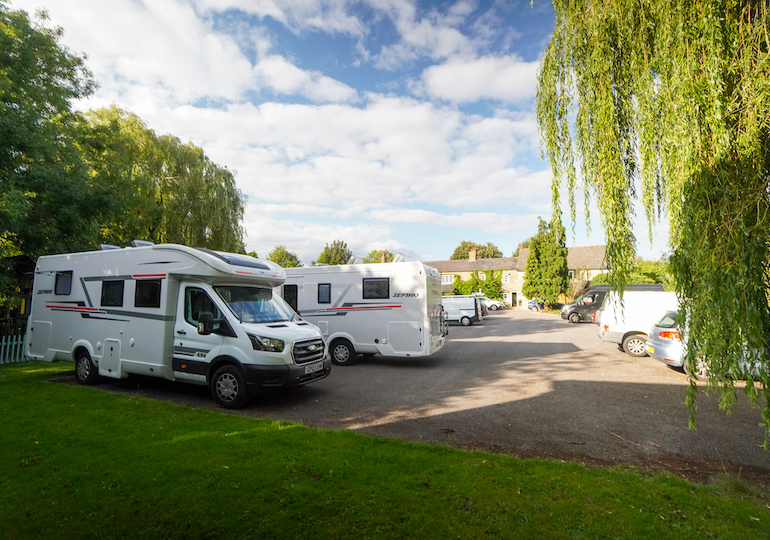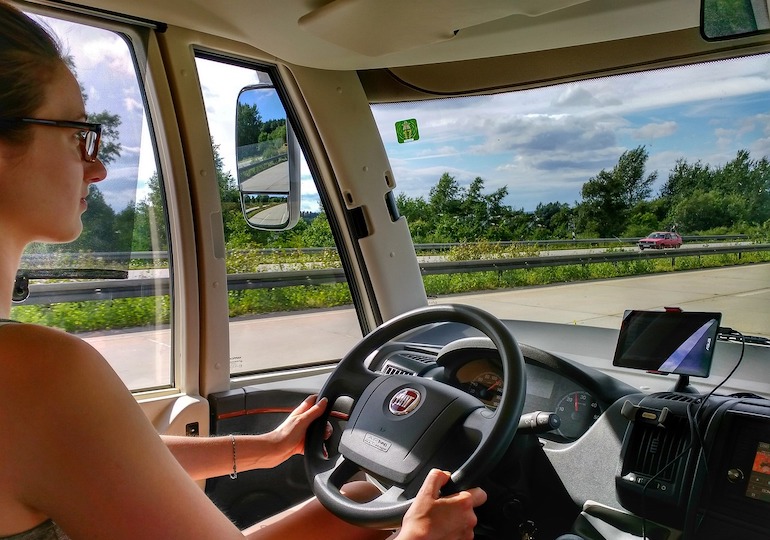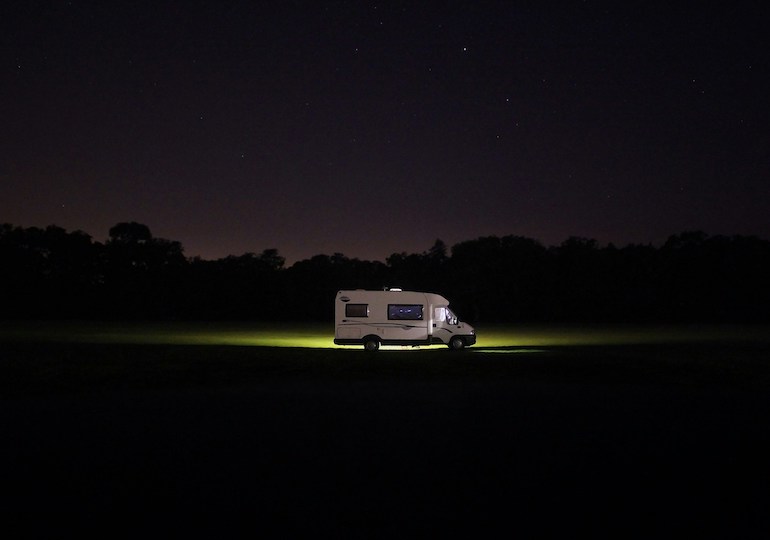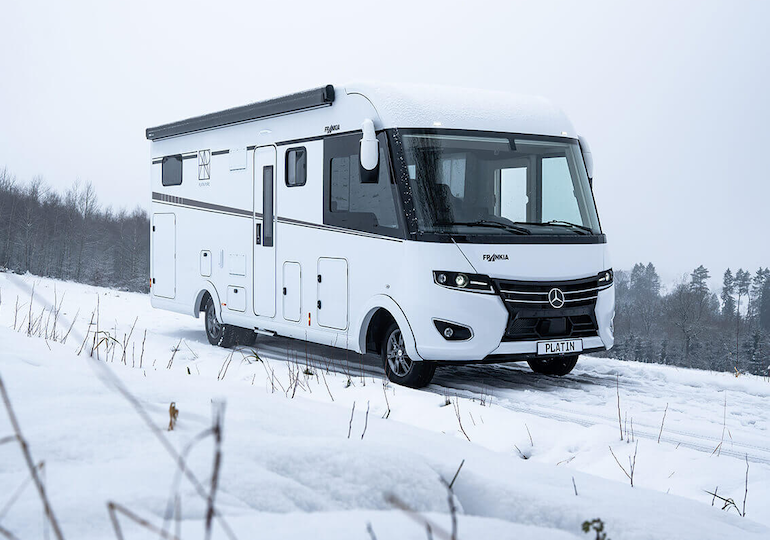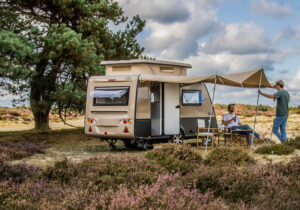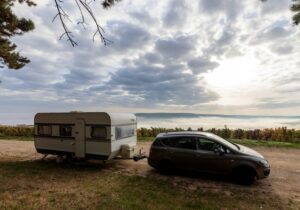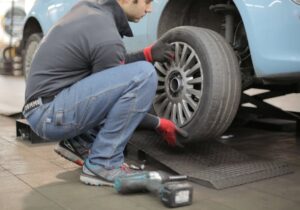Storm Isha is currently battering parts of the UK, making it important to heed warnings and cut down on non-essential trips.
For when travel can’t be avoided, however, Select Van Leasing has shared a list of tips for how to stay safe on the road.
Always remember that caravans and motorhomes handle differently to other vehicles, so there are additional elements to consider.
Weight distribution
Think carefully about how you pack your leisure vehicle and its weight limits. This is true for all journeys, but especially when there are high winds like there are at the moment.
Graham Conway, managing director of Select Van Leasing, said: “Ensure that your van’s load has been distributed evenly to maintain an appropriate balance for the size of your vehicle and that anything loaded into your van is properly secured.”
Exceeding your caravan’s weight limit could result in a fine or even jail time, as well as presenting safety issues.
Give yourself extra time
Rushing to complete a journey is never a good idea, but time pressures during bad weather can be disastrous.
Mr Conway said: “Make sure to factor in that you may encounter severe road conditions throughout your journey, so leave plenty of time to get from A to B in a safe and timely manner.”
Inform the campsite that you may arrive later due to taking extra care on the roads or expect to return from your trip later as a result.
Reduce your speed and brake with care
Take care to accelerate and brake as gently as it’s safe to do, in order to prevent wheelspin and a loss of traction.
Extreme weather can make your caravan or motorhome behave in a way you’re not expecting, so driving at a slower speed and not braking suddenly reduces the chance of an accident occurring.
Mr Conway confirmed: “Whether you’re in a car or a van, you should always lower your speed when there’s snow or ice on the ground to ensure complete control over your vehicle in treacherous conditions.”
Increase the distance between vehicles
Leave more space than usual between your van and the vehicle in front of you to allow for increased stopping distance, which could double in wet conditions and multiply by ten on snow or ice.
Mr Conway added: “A loaded van has additional weight which increases the van’s momentum, making it more challenging to bring the vehicle to a stop.”
Hopefully you won’t need to come to a sudden stop, but braking unexpectedly is always a possibility and crashing into the vehicle in front is a real risk.
Maintain visibility
Cleaning the windscreen is an obvious task for most people before they set off on a journey, but make sure you have visibility elsewhere too.
Lift the windscreen wipers away from the glass the night before a trip to prevent the wipers from freezing in place and top up cleaning fluid to make sure any dirty marks are easily removed.
“You should ensure you can see clearly out of all windows and also clear any snow from the roof of your van, as you could be penalised if it were to fall onto the windscreen or into the path of another road user,” Mr Conway summarised.
Photo credit: Unsplash/Frames For Your Heart







